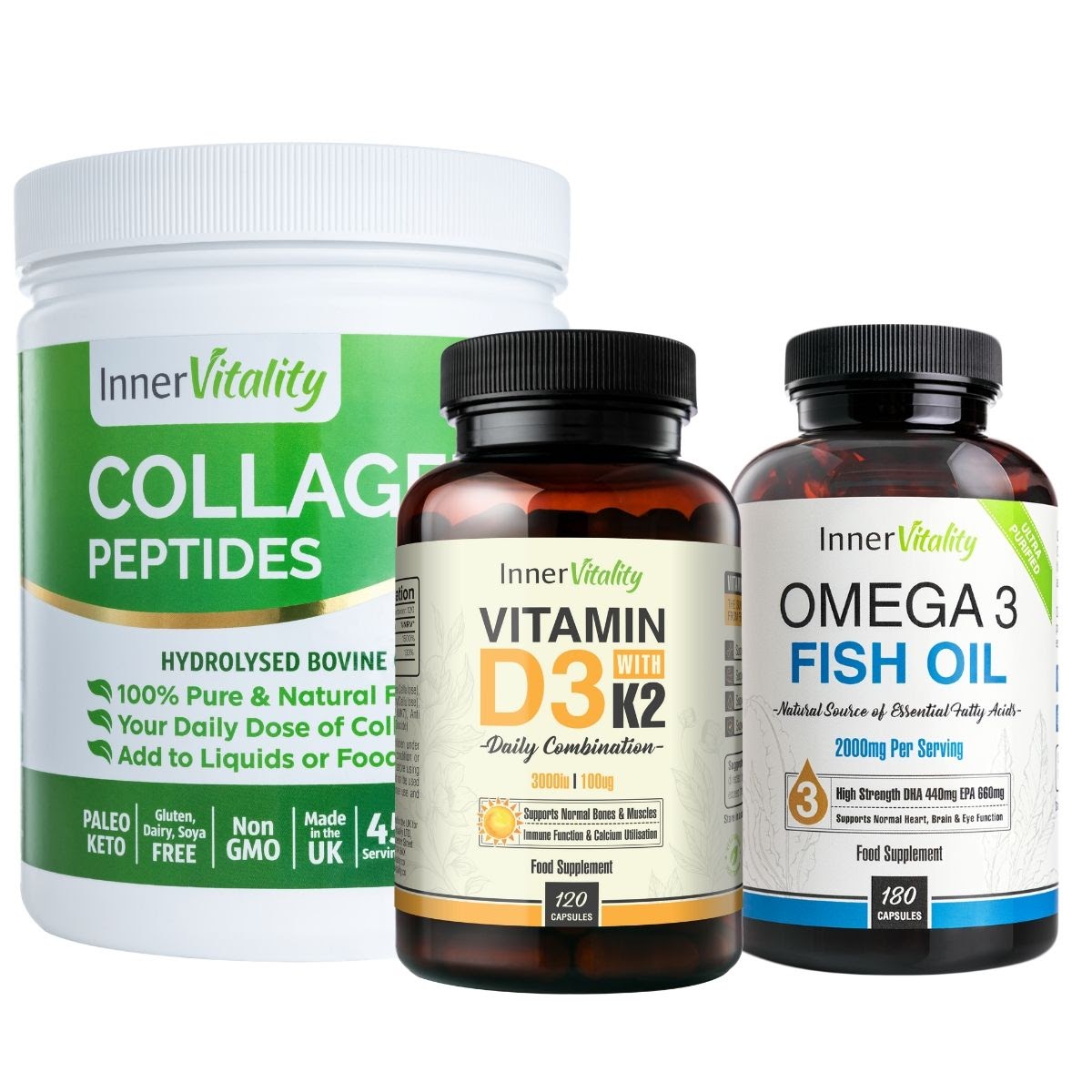Your Cart is Empty
Brilliant combo for my gut & mind health that I rely on and enjoy daily - thank you
Every day.
I’ve been talking your black seed oil for a few years and have found it to be very effective.
Great product
I have been taking Ashwsgandha in tablet form, but after using this, it’s soo much better. Recommend
Good product
This is a review upon request. I have only recently started taking this product. So far it seems to be a good one. It's too early to know if it is useful to me personally.
Healthy product.
I award this product, Wild Omega 3 fish oil 4 stars. It's early days yet as I've recently started taking it. There's no taste of fish, only of a pleasant lemon which is quite refreshing itself.









